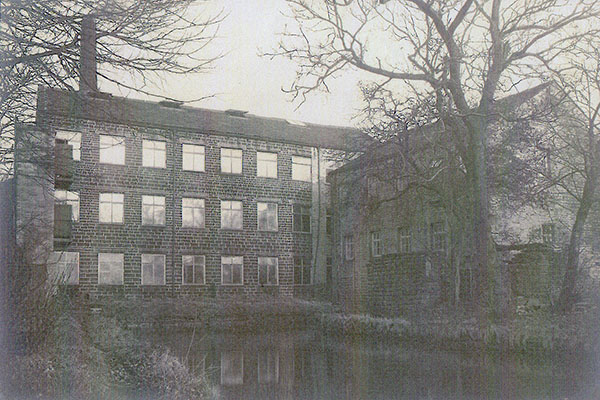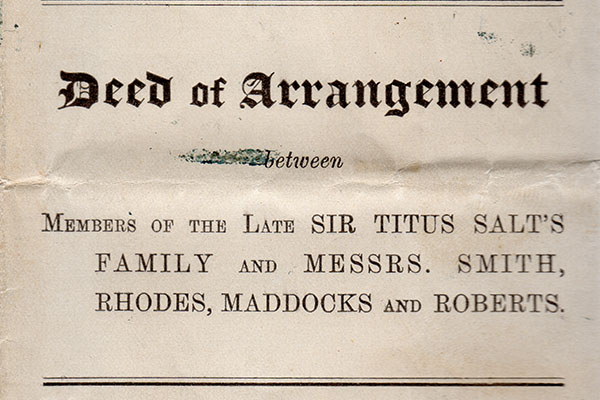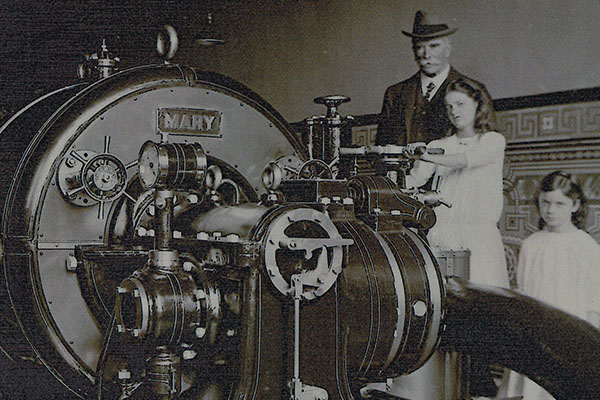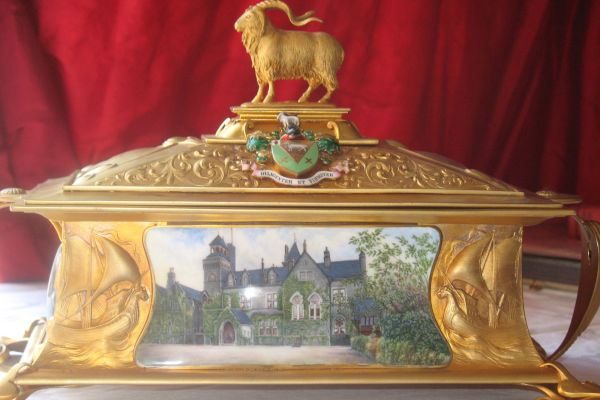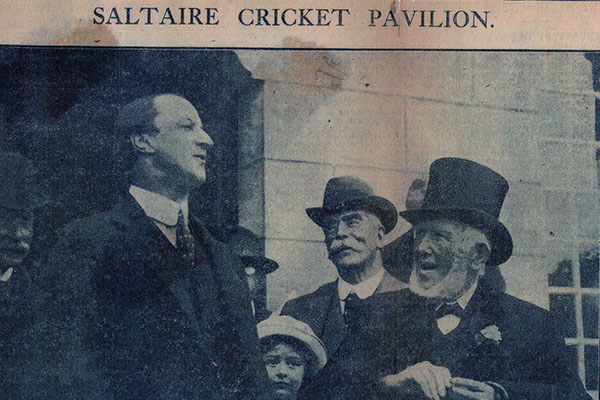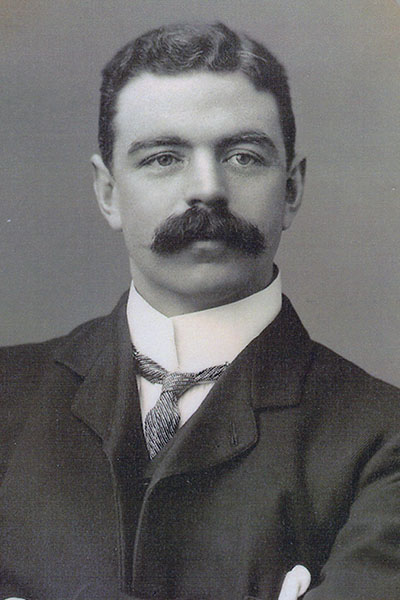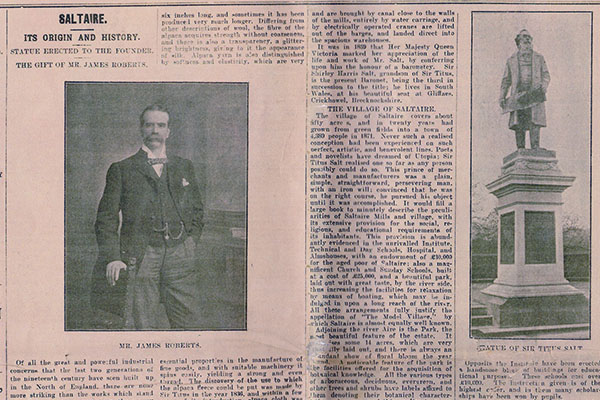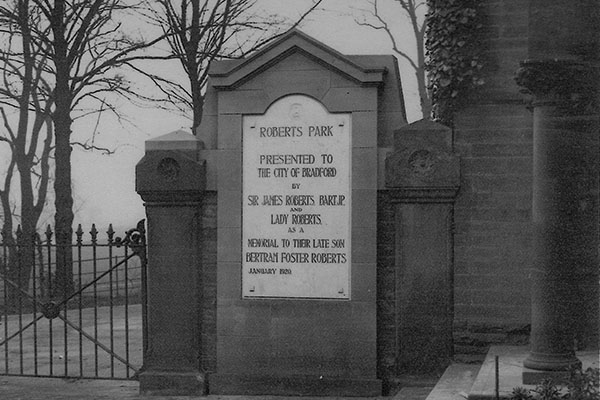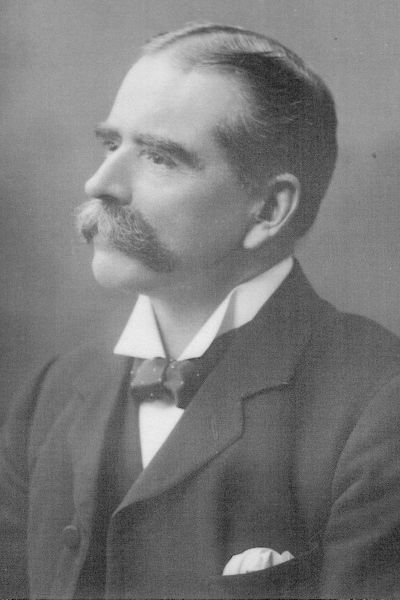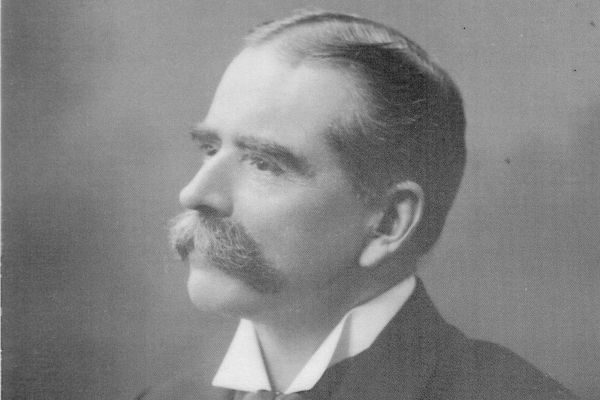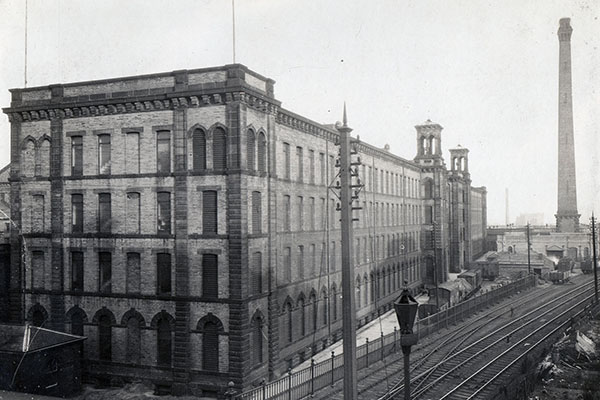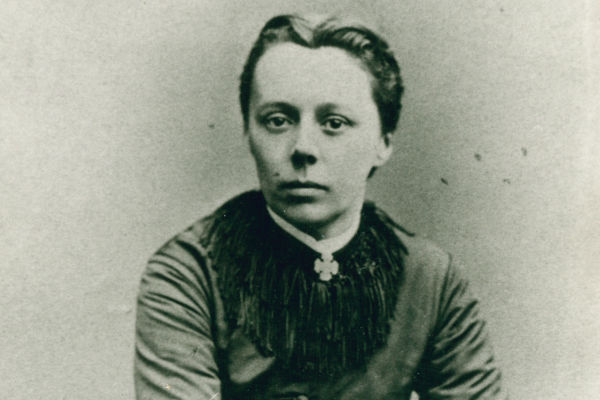From humble origins to industrialist and
philanthropist
Sir James Roberts rose from a humble background to become a major mill owner and leading philanthropist in the late nineteenth and early twentieth centuries. He became sole owner of Salts Mill in 1902 and oversaw the development of the textiles business and the preservation of Saltaire.
Read about his early life, his business success and his role in the consortium that bought Saltaire, before he became sole owner and shepherded the Mill and the village through the challenging times of World War One and several family tragedies.
